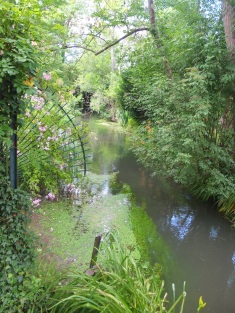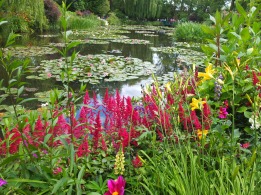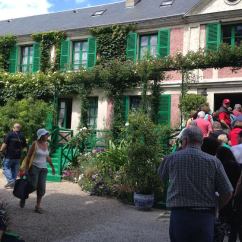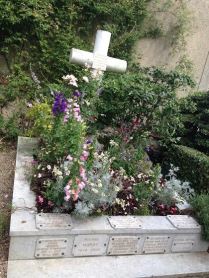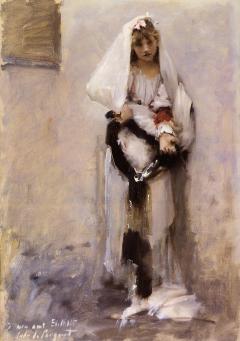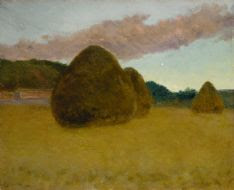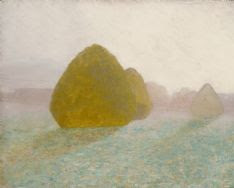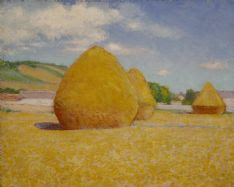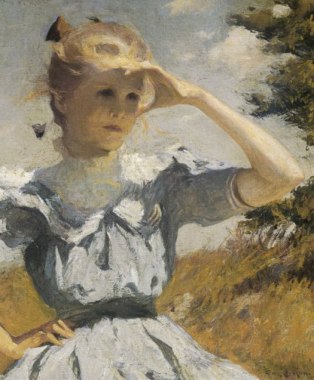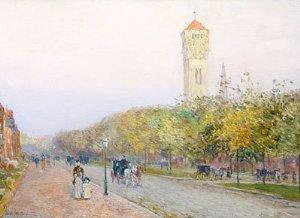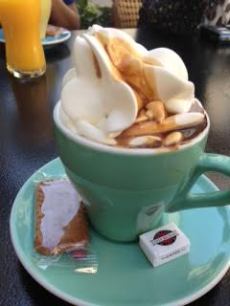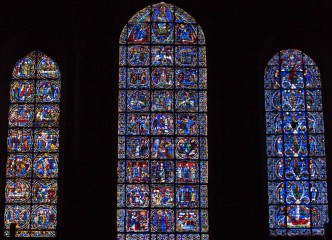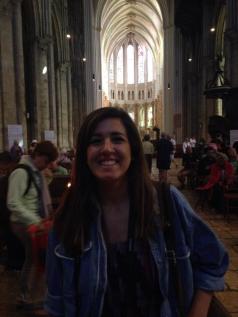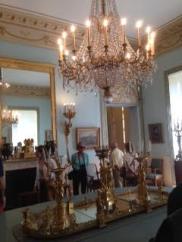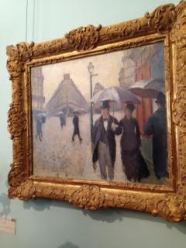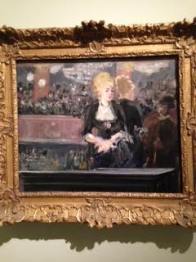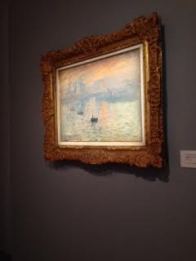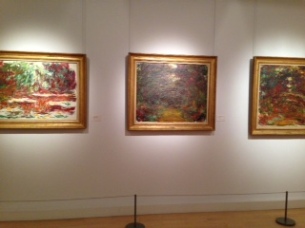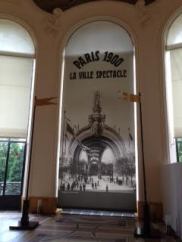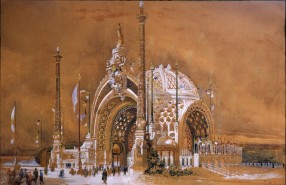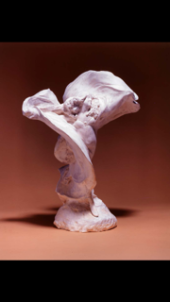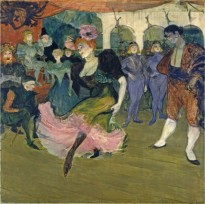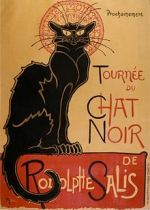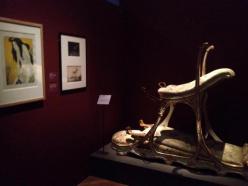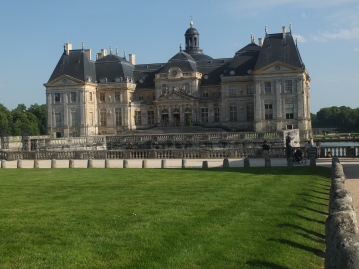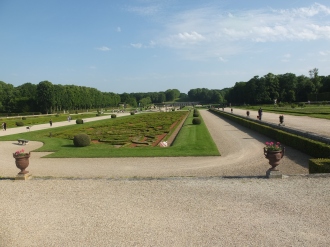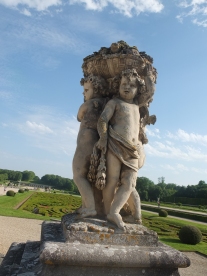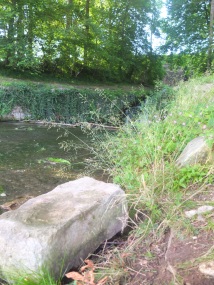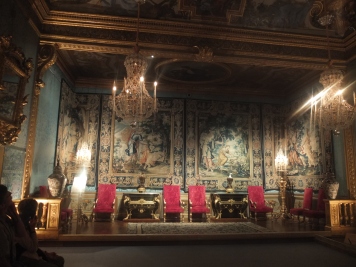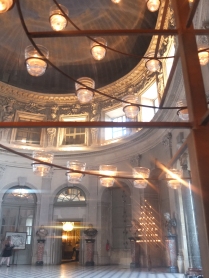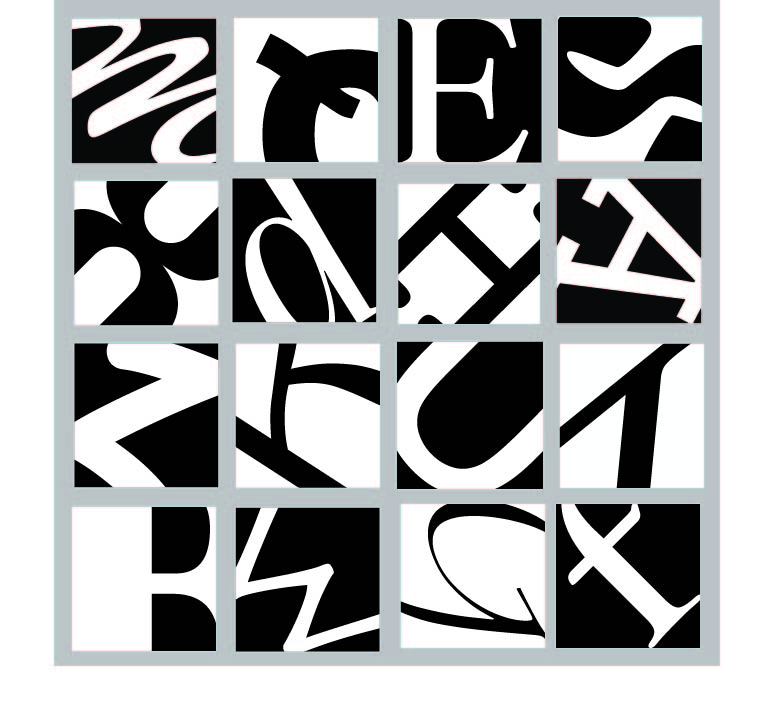During my time in Paris, I have been exposed to the life and works of Vincent Van Gogh more than ever before in my life. Our group visited Auvers-sur-Oise, the town where Van Gogh lived for a time and where he died. We also saw the Van Gogh exhibit at the Musee D’Orsay and viewed the Life and Death of Vincent Van Gogh at the Reflects Medici.
Our visit to Auvers-sur-Oise was definitely one my favorites. We toured the L’Auberge Ravoux, the small inn where Van Gogh rented a tiny room, the room where he would spend his final days. Going inside the room was chilling to say the least. Afterwards, we walked over to the cemetery where Van Gogh and his brother Theo are buried. Surrounding the cemetery are the wheat fields that Van Gogh is famous for painting. One of these paintings is entitled “Wheat Field with Crows.” The image is dark and ominous, as swarms of black crows engulf a brooding sky. The yellow of the wheat clashes against the dark blue of the sky. Van Gogh’s depressive side truly comes out in this painting. Being able to stand in the very place where it was painted gives me a sense of connection with the artist.
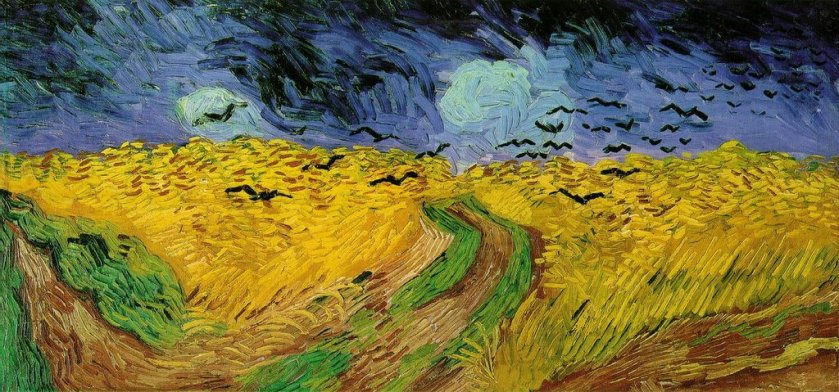
Van Gogh initially planned to become a minister, however, he was not accepted and turned to art as a source of religious devotion. He came to Auvers-sur-Oise to be treated under the care of Dr. Paul Gachet. Van Gogh painted several portraits of Gachet, one of which we saw at the Van Gogh exhibition at the Musee D’Orsay. Van Gogh wrote to his brother Theo about Dr. Gachet, stating “I have found a true friend in Dr. Gachet, something like another brother, so much so we resemble each other physically and also mentally.” This is clearly apparent in the portrait that he painted of the doctor. An obvious resemblance can be seen between the two men, with red hair and piercing blue eyes. The doctor is pictured with a sad look on his face, slumped over a table. One can feel the sense of sadness that both men shared.
From all the artists I learned about in Paris, I would have to say that Van Gogh had the biggest impact on me. Our in depth study of him has led me to have a greater understanding of him as a person. Stereotypically labeled as a “crazy artist,” I think that Van Gogh is easily misunderstood by the general public. With further investigation, it can be seen that he was a troubled person struggling to find a sense of purpose and connection to the world around him through his painting.


 Panoramic view at La Roche Guyon on top of the dungeon
Panoramic view at La Roche Guyon on top of the dungeon